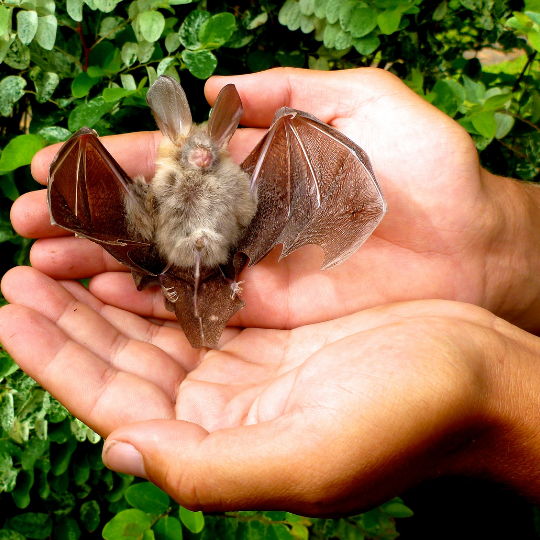Adding "Browns" (organic, dry and carbon rich materials) speeds up compost of food scraps in an aerobic bin. What's Stacey's favorite Brown if if she doesn't have leaves? Watch and find out!Related articles you may enjoy: Small Scale Vermicomposting You Can Do...























